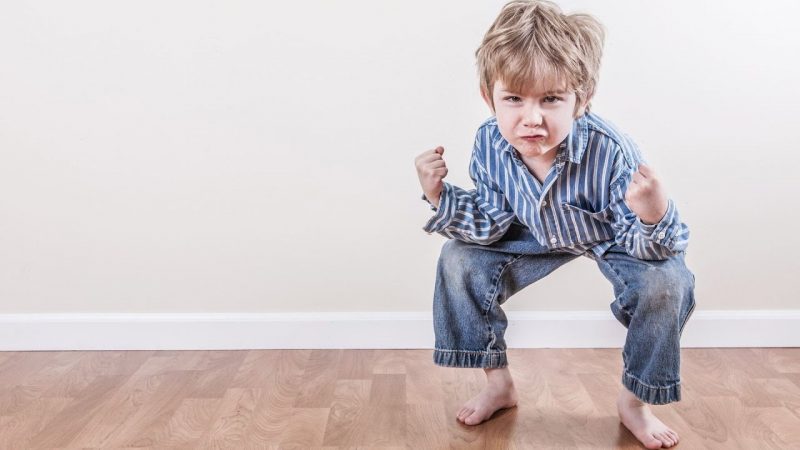My Ultimate Guide to Potty Training Boys: Tips and Tricks for Success
Contents
- My Ultimate Guide to Potty Training Boys: Tips and Tricks for Success
- Is your little boy ready for potty training?
- Creating a positive and supportive potty training environment
- Choosing the right potty training method for your child
- Step-by-step guide to introducing boys to the potty
- Effective strategies for teaching boys proper aim and hygiene
- Dealing with common challenges and setbacks during potty training
- Celebrating successes and providing motivation for boys (by Dad)
- Transitioning from diapers to underwear for boys
- Tips for nighttime potty training for boys
- Maintaining consistency and reinforcing potty training habits
- Final Word
Potty training is a milestone that every parent eagerly awaits, but it can also be a challenging and frustrating experience. After several weeks (and many accidents!) of trial and error on our part, we finally cracked the code and achieved success. Now I want to pass along my hard-earned knowledge to all you parents out there, so here is my ultimate guide to potty training boys – tips and tricks for success. So grab a cup of coffee (or your favorite beverage) and get ready to learn the secrets of potty-training success. Here we go!
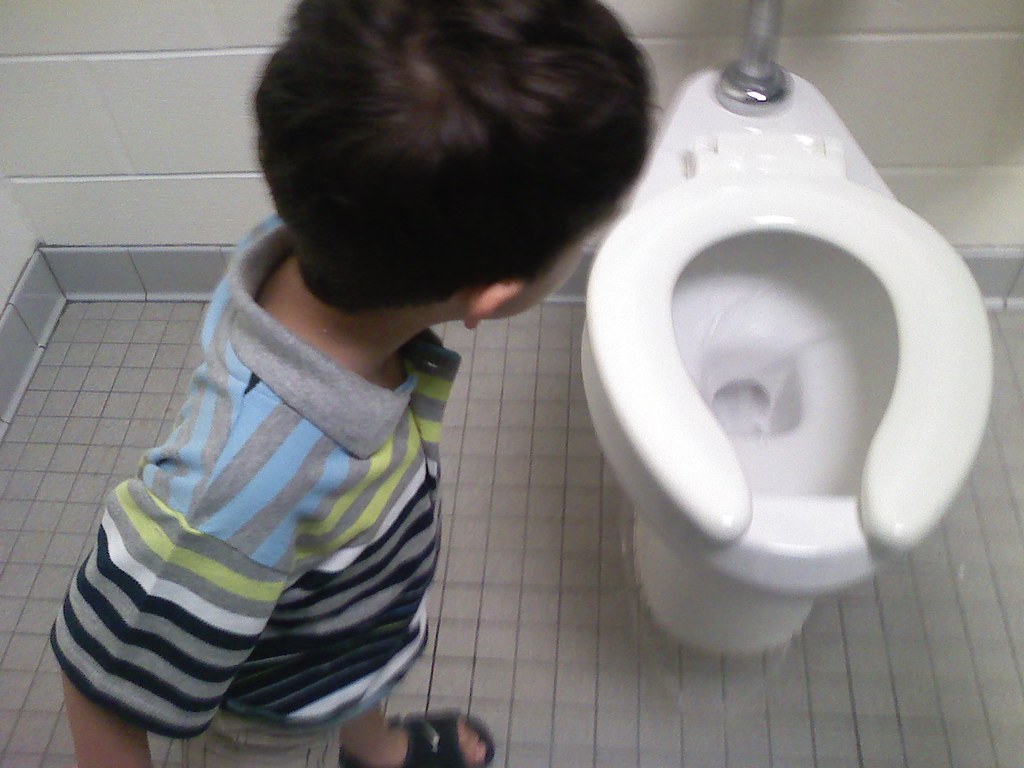
In this post, we will provide you with the ultimate guide to potty training boys. We will cover everything from when to start your training, what equipment you will need, how often to take your child to the bathroom, and how to handle accidents. With our tips and tricks, you will be able to successfully potty train your little guy and make the process as stress-free as possible.
Is your little boy ready for potty training?
It can be hard to tell when your little boy is ready for potty training, but there are some signs that will let you know he’s getting close. I had been wondering for months if my son was ready, and it wasn’t until I started paying attention to the signs that I realized – he was!
To start, it’s important to make sure your child is old enough. Most boys are ready to begin potty training between the ages of two and three and a half. Once my son turned three, I started noticing a few key behaviors that indicated he was ready to give it a try.
The first sign was his interest in the bathroom. He loved watching me use the toilet, and he wanted to help with things like closing the lid and flushing. He even started asking questions about what I was doing and why. This was my first indication that he was interested in using the potty himself!
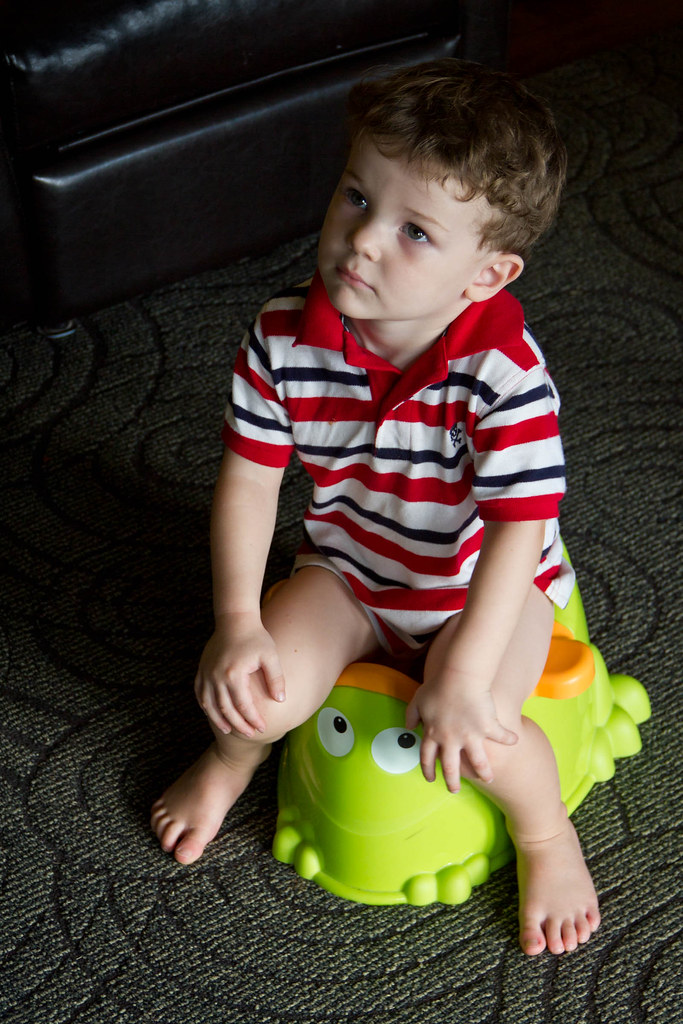
The second sign was how he handled his diaper after he went. If he happened to go when we were out and about, he would often tug on his soiled diaper to let me know he needed a change. However, at home he’d sometimes just walk around without care – another sign that he knew he could do something else instead.
Another behavior worth looking out for is vocalization. When my son knew he had to go, he would usually tell me (usually by pointing towards his diaper or saying “pee pee”). Knowing his own body well enough to communicate it was a huge milestone that made potty training much easier!
Once you start seeing these ready-set indicators, you can start talking to your little one about the potty and show him how it works. Potty training may seem daunting at first, but if you take your time and pay attention to your child’s signals, it’ll be a breeze!
Creating a positive and supportive potty training environment
With some creativity and lots of patience, I’ve found that potty training my son is definitely achievable – and fun!
My son loves to have stories read to him while using the toilet, so I’ll often grab a book and join him in the bathroom. We’ll take turns reading out loud and talk about what’s happening in the story. This helps keep the process enjoyable and also encourages him to take his time.
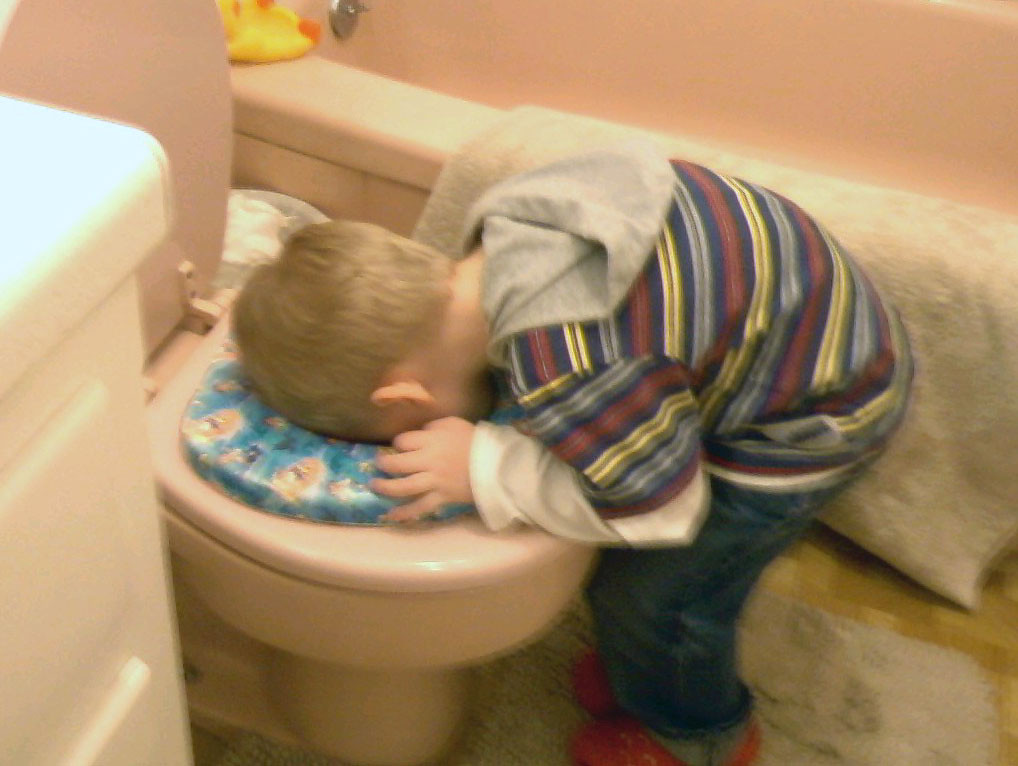
When he does successfully use the potty, we celebrate together by doing something special. That could mean anything from a quick dance party to a trip to the park or an extra scoop of ice cream. These little victories help keep me and my son motivated as we continue down this path.
Above all else, it’s important that I don’t put too much pressure on my son during this process. If he’s having a bad day or doesn’t feel like sitting on the potty, I just remind him that everyone has those days – even Mommy and Daddy. It’s okay to take a break and come back to it later.
At the end of the day, potty training is about creating an environment where both you and your child feel supported and confident. With a little bit of patience and understanding, it can actually be quite fun and rewarding for both of you!
Choosing the right potty training method for your child
Choosing the right potty training method for your child can make a significant difference in their success and overall experience. Every child is different, and what works for one may not work for another. Therefore, it’s crucial to consider your child’s unique personality, needs, and preferences when deciding on a potty training approach.
One popular method is the “child-led” or “readiness” approach.
This method involves waiting until your child shows signs of being ready for potty training, such as demonstrating an interest in the toilet, staying dry for longer periods, or being able to communicate their needs effectively. With this approach, you provide gentle guidance and support as your child takes the lead in their potty training journey.
Another method is the “scheduled” or “timed” approach.
This method involves establishing a regular potty schedule for your child, where they are taken to the potty at specific intervals throughout the day, regardless of their signals or readiness cues. This method focuses on consistency and routine, gradually teaching your child to associate the potty with the need to urinate or have a bowel movement.
The “reward-based” approach is another commonly used method.
This involves using positive reinforcement, such as stickers, small treats, or verbal praise, to motivate and reward your child for using the potty successfully. The rewards can serve as incentives and encourage your child to continue practicing and mastering their potty skills.
Step-by-step guide to introducing boys to the potty
Introducing boys to the potty can be an exciting yet challenging milestone in their development. Having a step-by-step guide can help parents navigate through this process with confidence and success.
Step 1: Preparation is key
Before you begin potty training, it’s important to ensure that your child is ready. Look for signs of readiness such as showing interest in the bathroom, being able to communicate when they need to go, and being able to pull down their pants.
Step 2: Introduce the concept
Start by introducing the potty as a new and exciting tool. Let your child explore it and get familiar with sitting on it. Demonstrate how to use it and encourage them to imitate you. You can use books or videos that depict potty training to make it more relatable and engaging.
Step 3: Establish a routine
Create a consistent potty routine for your child. Take them to the potty at regular intervals, such as after meals or before bedtime. This will help them develop a sense of familiarity and expectation around using the potty.
Step 4: Encourage and praise
Positive reinforcement is crucial during potty training. Encourage your child to use the potty and praise their efforts and successes. Celebrate each milestone, whether it’s sitting on the potty, using it for the first time, or staying dry throughout the day. This will boost their confidence and motivation.
Step 5: Teach proper hygiene
Teach your child the importance of hygiene during potty training. Show them how to wipe properly, flush the toilet, and wash their hands. Reinforce these habits consistently to instill good hygiene practices from an early age.
Step 6: Handle accidents calmly
Accidents are a normal part of the potty training process. It’s important to handle them calmly and avoid punishment or shaming. Instead, reassure your child that accidents happen and encourage them to try again next time.
Step 7: Transition to underwear
As your child becomes more comfortable using the potty, it’s time to transition from diapers to underwear. Involve your child in choosing their own underwear, which will make them feel more excited and motivated to stay dry.
Step 8: Be patient and consistent
Remember that every child is different, and potty training can take time. Be patient, understanding, and consistent in your approach. Offer support, encouragement, and plenty of praise throughout the process.
Effective strategies for teaching boys proper aim and hygiene
Teaching boys proper aim and hygiene can be a tricky thing to do, especially when they don’t want to do it! But I figured out the perfect way to make sure my son was adhering to this important lesson.
I decided to gamify the process by creating a game we called “Toilet Target Practice”. It was simple – he had to stand at least five feet away from the toilet and throw a small ball at a target painted in the center of the toilet seat. Every time he hit the target, he got a point and every miss was subtracted from his score. We kept track of our scores on a whiteboard and slowly but surely, his aim improved!
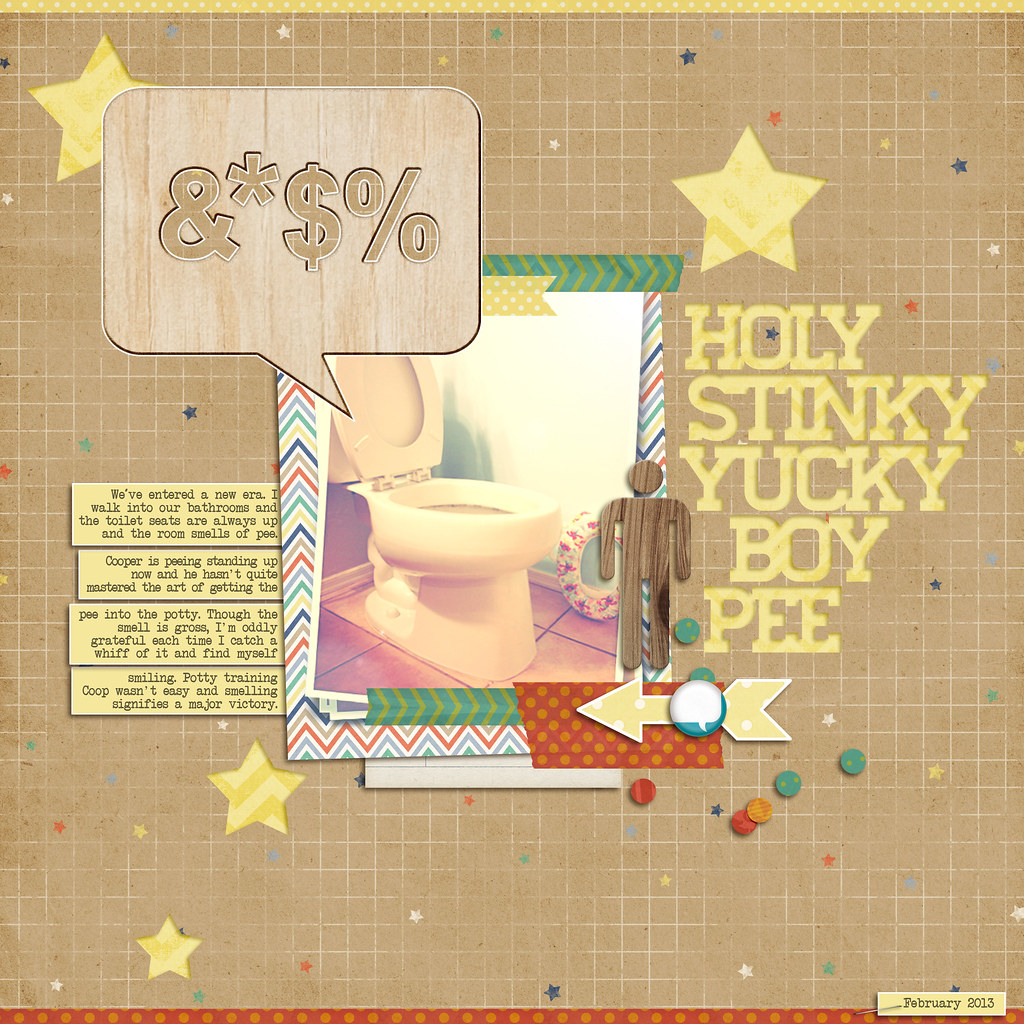
Eventually, my son started to realize the importance of properly aiming into the toilet– the importance of keeping the bathroom clean and tidy too! We would often have fun competitions with friends and family members – the winner gets bragging rights as the best shot in the house!
Overall, this approach taught my son how to keep his aim accuracy in check, while having a little bit of fun along the way. Try it out yourself – you just might get surprised by how much your kid loves this game!
Dealing with common challenges and setbacks during potty training
Potty training can be a tricky journey, but it’s one that comes with heaps of rewards when done right. When I started potty training my son, I faced my fair share of challenges and setbacks. But with some perseverance and patience, we were able to make it to the potty-trained finish line! Here’s how I did it:
Be Flexible and Patient
At first, I was resistant to giving in to any demands or distractions during potty time. However, as I gained more experience, I realized that having an open mind and being willing to change up your approach could be hugely beneficial. For instance, if my son wanted to watch a show while sitting on the potty, I allowed it. This made him far more willing (and excited!) about sitting still for longer periods of time.
Start Small and Build Up
When I began potty training, I assumed that we would go from diapers to fully potty trained in no time. Of course, this was not the case. We had to start small and advance gradually. So, instead of rushing things, I took it slow and focused on mastering one step at a time: first going from baby diapers to training pants, then using the potty chair without pulling up/down clothes, and finally wearing regular underwear.
Schedule Regular Potty Breaks
Consistency is key when it comes to potty training! Making sure we had regular potty breaks throughout the day helped my son stay aware of his need to use the restroom and strengthen the habit more quickly. Whenever we were out and about, I scheduled frequent potty breaks so he wouldn’t get distracted or forget what he was supposed to do.
Reward Every Success
Who doesn’t love a little reward? Celebrating my son’s successes—whether big or small—was a great way to keep him motivated throughout the process. Each time he used the potty successfully, I rewarded him with a treat or a hug. That way, he was always eager to try again.
Celebrating successes and providing motivation for boys (by Dad)
As a father of two boys, I know just how important it is to provide positive reinforcement and motivation. Boys are often so busy running around with their friends that they don’t realize when they’re doing something great! So I came up with a few creative ways for my son to celebrate his successes and feel inspired to keep reaching for his goals.
Cheerleader Dad
As someone who was never very athletic growing up, I wanted to make sure my son was given every opportunity to pursue his interests in sports. To show my support, I created a special ‘cheerleader dad’ costume – complete with pom-poms and plenty of enthusiasm! Whenever he scored a goal or won a match, I’d burst onto the sidelines and start chanting his name. He may have been embarrassed at first, but now he loves it!
Rewards That Keep on Giving
Of course, every kid likes getting treats when something goes right – but sometimes those treats can have a greater impact. That’s why I decided to give him rewards that could help teach him valuable lessons. For example, if he receives straight A’s on his report card, I’ll take him to a science museum or an educational exhibit. Or if he helps out around the house without being asked, I’ll let him choose a new book that teaches him about a topic he’s curious about.
Encouraging Growth Mindset
My son has always struggled with feeling disappointed when things don’t go according to plan. So I made sure to emphasize the importance of having an ‘all-or-nothing’ mindset when celebrating his successes or facing challenges. Instead of focusing on specific results or accomplishments, we talk about all the progress he makes over time – big and small – and how it adds up to his ultimate success.
Ultimately, my goal is to make sure my son knows he can do anything he sets his mind to. By providing positive encouragement and lots of love, I hope he will continue to be confident in himself and thrive in all areas of life.
Transitioning from diapers to underwear for boys
Transitioning from diapers to underwear can be a significant milestone in a boy’s potty training journey. It marks a shift from relying on diapers for daily needs to embracing the independence and responsibility of using the toilet like a big boy. While this transition may seem daunting at first, with the right approach and a little patience, you can make it a smooth and successful process.
One effective strategy is to involve your little one in the process of choosing his own underwear. Take him shopping for his favorite designs or characters, and let him feel excited about wearing “big boy” underwear. This sense of ownership and pride can motivate him to take the next steps in his potty training journey.
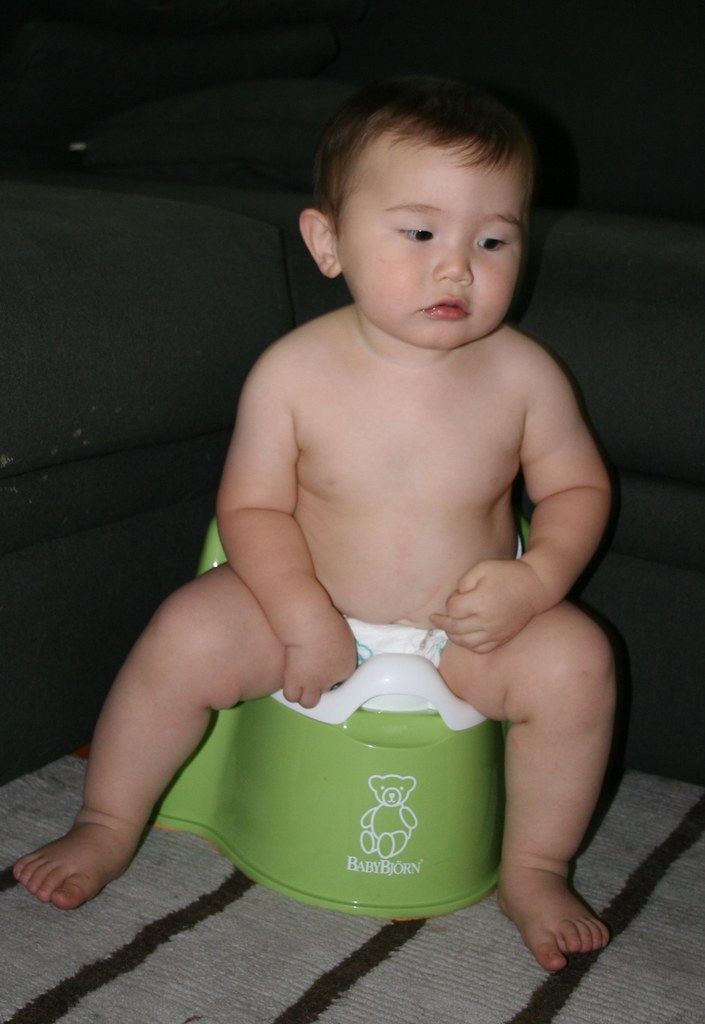
When transitioning to underwear, it’s essential to establish a routine and stick to it. Encourage your child to use the toilet at regular intervals, such as upon waking up, after meals, and before bedtime. Consistency is key as it helps your child develop a sense of familiarity and predictability with the potty training process.
Accidents are a natural part of the learning process, so it’s important to approach them with patience and understanding. Instead of scolding or shaming your child, calmly guide him through the steps of cleaning up and changing into a fresh pair of underwear. Remember, accidents happen, and it’s crucial to create a safe and supportive environment for your child as he learns this new skill.
Another helpful tip is to provide positive reinforcement and rewards for successful potty trips. Whether it’s a sticker chart, small treats, or words of praise, celebrating your child’s accomplishments can boost his confidence and motivation. As he sees the progress he’s making, he’ll be more inclined to continue using the toilet independently.
Lastly, be prepared for setbacks and be patient with the process. Every child is different, and some may take longer to fully transition from diapers to underwear. Stay consistent with your approach, offer gentle reminders, and provide support and encouragement along the way.
Tips for nighttime potty training for boys
Nighttime potty training can be a bit more challenging than daytime training, especially for boys. However, with the right approach and a little patience, you can successfully navigate this stage of potty training. Here are some helpful tips for nighttime potty training for boys:
- Limit fluid intake before bedtime: Encourage your son to drink less fluids in the evening, especially in the last hour or two before bedtime. This can help reduce the chances of accidents during the night.
- Use waterproof bedding: Invest in waterproof mattress protectors and sheets to protect your child’s mattress from accidents. This will make clean-up much easier and prevent any lingering odors.
- Establish a bedtime routine: Create a consistent bedtime routine that includes a trip to the bathroom before your child goes to sleep. Encourage him to empty his bladder fully before getting into bed.
- Offer incentives: Consider using a reward system to motivate your son to stay dry through the night. This could be a small treat or a sticker chart where he can track his progress and earn rewards for staying dry.
- Wake your child to use the bathroom: If your child consistently wakes up with a dry diaper, you can try gently waking him up before you go to bed and encouraging him to use the bathroom. This can help reinforce the habit of using the toilet during the night.
- Be patient and supportive: Nighttime potty training takes time, and accidents are bound to happen. Remain patient and supportive throughout the process, reassuring your child that accidents are a normal part of learning.
Maintaining consistency and reinforcing potty training habits
Maintaining consistency and reinforcing potty training habits are crucial factors in achieving success during the potty training journey with boys. Consistency provides a sense of structure and predictability, which is essential for young children as they learn new skills.
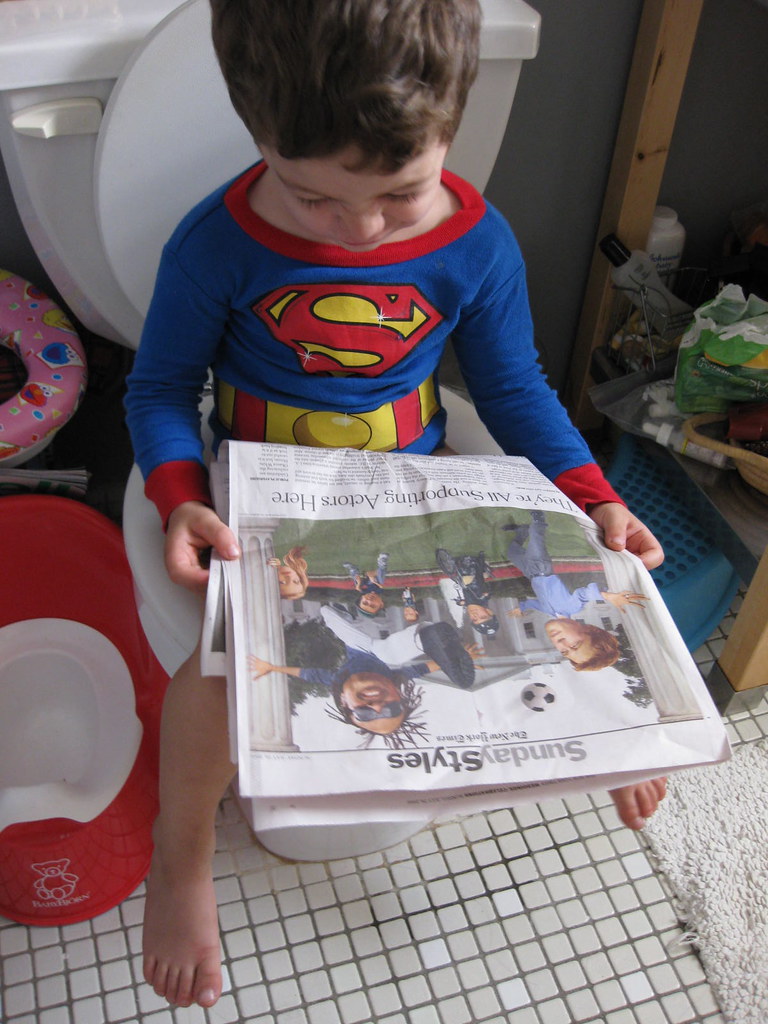
If you’ve ever had to go through this process with your own kid, then you know it can be an arduous journey filled with tears (from both of you), messes, and a lot of frustration. But the good news is that with some simple tips and tricks, potty training can actually be quite manageable… even if it never gets easy!
Stay Consistent
When it comes to potty training, consistency is key. Make sure to have your child use the toilet every two hours or so – and stick to it! This tip may sound tedious at first, but trust me; it pays off in the long run. As your child starts to get into the habit of using the bathroom on a regular basis, they’ll start to associate going to the potty with a positive outcome.
Use Rewards
No one likes feeling like they’re being punished for something, so why not reward your child instead? After they complete a successful potty break, offer up a small treat or maybe a sticker chart. This way, your child will learn that using the restroom is an enjoyable experience–not something they should dread.
Make It Fun
Potty training doesn’t have to be a boring task. To make it more interesting for your child (and you!), try playing a game similar to “Simon Says” where you give them commands such as “hop like a frog” or “fly like an airplane” during their potty routine. You could even let them pick out their own fun toilet seat cover or outfit to wear each time they go. Who knows – maybe this will help transform the mundane task of going to the bathroom into an exciting adventure!
Final Word
We hope you found our ultimate guide to potty training boys helpful and informative. Potty training can be a challenging milestone for both parents and children, especially when it comes to boys. However, with the tips and tricks provided in this blog post, you can navigate this journey with confidence and set your little boy up for success. Remember, every child is unique, so be patient, stay consistent, and celebrate each small victory along the way. Good luck on this exciting potty training adventure!


